In BG3, experimenting with your character’s class lets you create incredible builds. The Rogue is a unique class with several interesting customization options, and I’ve enjoyed various multiclass options while playing as one.
Multiclassing lets your character learn the skills and abilities of a different class. Essentially, you can gain additional boosts and proficiencies while progressing in two separate classes at once. I tried a few different multiclass options for Rogues in BG3, so in this guide, I’ll explore which ones are best.
Rogue multiclass build guide in BG3

The Rogue class is built around Dexterity and is one of the best classes for stealthy, covert action. The class naturally provides opportunities for sneak attacks, and this advantage makes it perfect for silent assassin-style gameplay. You can also customize your subclass based on your preference to get the most out of your Rogue. Here are all the best races, backgrounds, and ability point distributions you should follow as a Rogue in BG3.
Best race for Rogue in BG3
Your character’s race provides different proficiencies and skills, so choosing the right race is essential to planning out your preferred progression. Drow and Elf are the top two race choices for Rogues. For your subrace, choose Lolth-Sworn Drow or Wood Elf, as they have Darkvision, increased movement, and Fey Ancestry. Sneaking around as a Rogue requires perfect vision in the dark, so I prefer a Lolth-Sworn Drow for its Superior Darkvision.
As for the background, choose wisely, as there are certain proficiencies you can gain from this selection. For instance, a Criminal background revolves around Stealth and Deception, whereas a Charlatan gains Sleight of Hand and Deception proficiencies. Likewise, you can also select an Urchin background to get Sleight of Hand and Stealth as your starting skills.
Best Ability Score for Rogue in BG3
While customizing your character, you can reshuffle your Ability Points to suit your preference. Dexterity is the Rogue’s strongest ability, and I highly recommend prioritizing it above the others. Ideally, you want a well-balanced Ability Points table that lets your character withstand hits while dealing substantial damage.
- Strength at 9
- Dexterity at 16
- Constitution at 16
- Intelligence at 9
- Wisdom at 14
- Charisma at 10
Rogue Ranger multiclass build
The Rogue Ranger build is perhaps the most popular multiclass in BG3, and it revolves around stealth and ranged combat. As a Rogue, always try to deal sneak attack damage when engaging opponents. Progressing in this build requires you to get four levels as a Rogue, then eventually multiclass eight levels as a Ranger.
The essential thing to remember is that you’ll get certain actions that allow your character to hide, dash, and disengage. Using these actions tactically during every fight helps you gain an advantage over your enemies, making it easy to deal damage with sneak attacks. A Rogue’s progression in the first two levels is simple, but you must select a subclass at level three.
Best Rogue subclass
- Thief
- Fast Hands – Gain an additional bonus action.
- Second Story-Work – You’ve mastered the art of falling and gain resistance to fall damage.
- Arcane Trickster
- Gain two spells.
- Gain two cantrips.
- Level 1 Spell Slot unlocked.
- Mage Hand Legerdemain.
- Assassin
- Assassinate: Initiative – In combat, you have advantage on Attack Rolls against creatures that haven’t taken a turn yet.
- Assassinate: Ambush – Any successful Attack Roll against a Surprised creature is a Critical Hit.
- Assassinate Alacrity – You immediately restore your Action and Bonus Action at the start of combat.
At level three, Rogue characters get to select a subclass, and the best one to choose for multiclassing is Thief. You can also select Assassin for a bit of variety, but I found the Bonus Action makes a massive difference, along with resistance to fall damage.
This playstyle is built around stealth, so use these actions wisely. For instance, I like to gain a high-ground advantage on the enemy with my first bonus action, perform a ranged Sneak attack, and use the second bonus action to reposition or disappear into the shadows.
Sharpshooter Feat

Since our build revolves around using ranged attacks while hiding at a vantage point, your feat selection needs to play to this strength. At level four, Rogue characters can select a feat, and I highly recommend picking Sharpshooter for several reasons. Sharpshooter has the following class features that make our Rogue a powerful archer:
- Sharpshooter: All In – Ranged weapon attacks with weapons you are proficient with have a -5 penalty to their Attack Roll but deal an additional 10 damage. (You can toggle this off or on)
- Sharpshooter: Low Ground – Your ranged weapon attacks do not receive penalties from high ground rules.
With Sharpshooter, Rogues instantly lose the penalties from high ground rules, which essentially means you don’t have to climb or jump to high ground to gain advantage while attacking. Ideally, I like to use the first bonus action to position my character, but with this advantage, I use it for elixirs or to setup for Hunter’s Mark. Of course, you can select Ability Improvement, but it’s better to get the Sharpshooter trait at level four, especially to progress into the into the Ranger multiclass.
Ranger multiclass
At level five, choose your first level in Ranger. For the Favored Enemy feature, I recommend selecting Bounty Hunter or Keeper of the Veil. I like Bounty Hunter as a passive feature as creatures you hit with ensnaring strike get disadvantage on their saving throw.
Similarly, gaining Investigation and Martial Weapon proficiency as a Ranger can make a huge difference. Likewise, the Ranger Knight passive feature gives you proficiency with Heavy Armor. But, most Heavy Armor gives you disadvantage on stealth checks, so it’s counter-productive for this build.
For the Natural Explorer feature, the best choice is Beast Tamer as it comes with the Find Familiar spell. This conjuration spell allows players to investigate tricky areas around the world.
Moving ahead to level six, progress into the second level of Ranger class. Your character gains two Spells and learns a preferred Fighting Style. Since this build revolves around long-ranged stealthy attacks, I recommend selecting Ensnaring Strike and Hunter’s Mark as your two Spells. Similarly, for your Fighting Style, choose Archery.
Hunter’s Mark is a Bonus Action, making it perfect for this build as you can start the fight by marking an enemy. Ensnaring Strike is a situational spell that requires Concentration, so you can substitute it with Hail of Thorns to deal weapon damage to targets before exploding.
Gloom Stalker
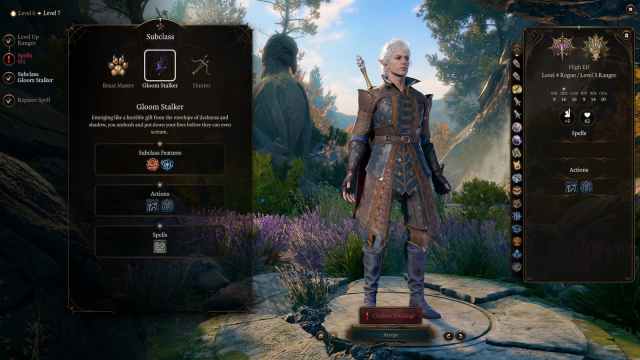
At level seven, progress into the third level of the Ranger class, where you gain a Spell, a subclass, and subclass features. For your subclass, I recommend selecting Gloom Stalker as it comes with some of the best subclass features for this build.
- Dread Ambusher – You gain a plus-three bonus to Initiative. On the first turn of combat, your movement speed increases by three meters, and you can make an attack that deals an additional 1d8 damage.
- Superior Darkvision – You can see in the dark up to 24 meters.
- Dread Ambusher: Hide (Action) – Hide from enemies by succeeding stealth checks. Stick to the dark and avoid enemy sightlines. Attacking or casting a spell reveals your location.
- Umbral Shroud (Action) – Wrap yourself in shadows to become invisible if you are obscured. Invisibility ends if you attack, cast spells, take an action, or take damage.
With Dread Ambusher, you lead the attack with the most powerful hits. This feature is perfect for Hunter’s Mark allowing you to start the fight on the offensive, then retreat to a stealthy spot afterwards. My recommendation is to target the toughest enemy first and focus your attacks to eliminate them quickly.
At level eight, a new feat unlocks, and the ideal choice is Ability Improvement. This allows you to get your Dexterity to 18. You can also swap a Spell at this level, but I suggest sticking with Ensnaring Strike, Hunter’s Mark, and Hail of Thorns.
Misty Step
At level nine, you gain an Extra Attack, Misty Step, and two level two spell slots. I recommend selecting Pass Without a Trace as the level two spell, and replacing Hail of Thorns with Spiked Growth. Misty Step is the most useful spell when it comes to repositioning. With this build, you essentially get three attack changes on turn one, and plenty of bonus actions to deal excessive damage.
At level 10, Rangers get the Favored Enemy and Natural Explorer feature once again. I recommend selecting Sanctified Stalker as your Favored Enemy and Wasteland Wanderer: Fire as your Natural Explorer choice. Your character gains resistance to fire damage while gaining the Sacred Fire evocation cantrip.
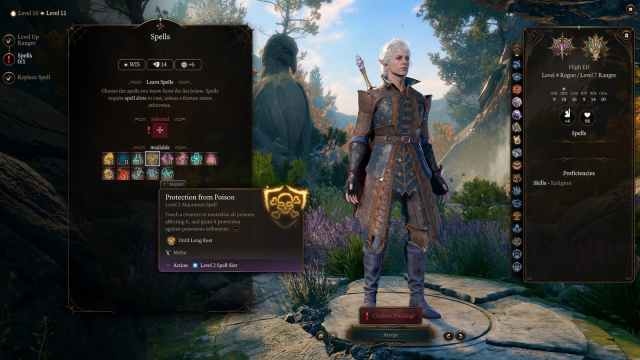
At level 11, you gain a level two Spell slot, a subclass feature, and a new spell. With the Iron Mind subclass feature, you gain proficiency in Wisdom and Intelligence saving throws. For the Spell, select Protection from Poison, Silence, or Lesser Restoration.
At level 12, the final upgrade for Ranger comes with a feat selection and a subclass feature. The Land Stride: Difficult Terrain subclass feature ensures your character isn’t slowed down while traversing tricky grounds. For the feat, select Ability Improvement to reach +20 Dexterity. Alternatively, you can also select different feats to experiment with the build. I like to choose Crossbow Expert or Elemental Adapt to add a unique dimension to combat.
This Rogue Ranger multiclass build avoids melee combat, but you can incorporate it by making certain changes if you want to. For instance, instead of Sharpshooter, select the Dual Wielder feat. This is perfect for close-range combat, and ideally, also select Dueling as your Fighting Style instead of Archery.
Others Asked
Why is creating a custom character in Baldur's Gate 3 recommended for a first run?
Creating a custom character is recommended because it allows players to make the character exactly how they want, with custom class, race, and abilities. Additionally, players can meet all origin characters and fully experience their companion quests.
Which characters are recommended for a stealth-oriented party in Baldur's Gate 3 if you're not playing as a Rogue?
If you're not a Rogue, it is recommended to include Astarion (Rogue), Shadowheart (Cleric), Karlach (Barbarian) or another fighting class main character, and Gale (Wizard) or your spell-casting main character in a stealth-oriented party.
How do the 'Great Weapon Master' and 'Sharpshooter' feats enhance a Fighter's damage output in Baldur's Gate 3?
The 'Great Weapon Master' and 'Sharpshooter' feats enhance a Fighter's damage output by providing a +10 to damage rolls for two-handed and ranged weapons respectively, while accepting a minus five to attack rolls. These feats offer a significant damage increase, especially when combined with other abilities and high attack roll chances.


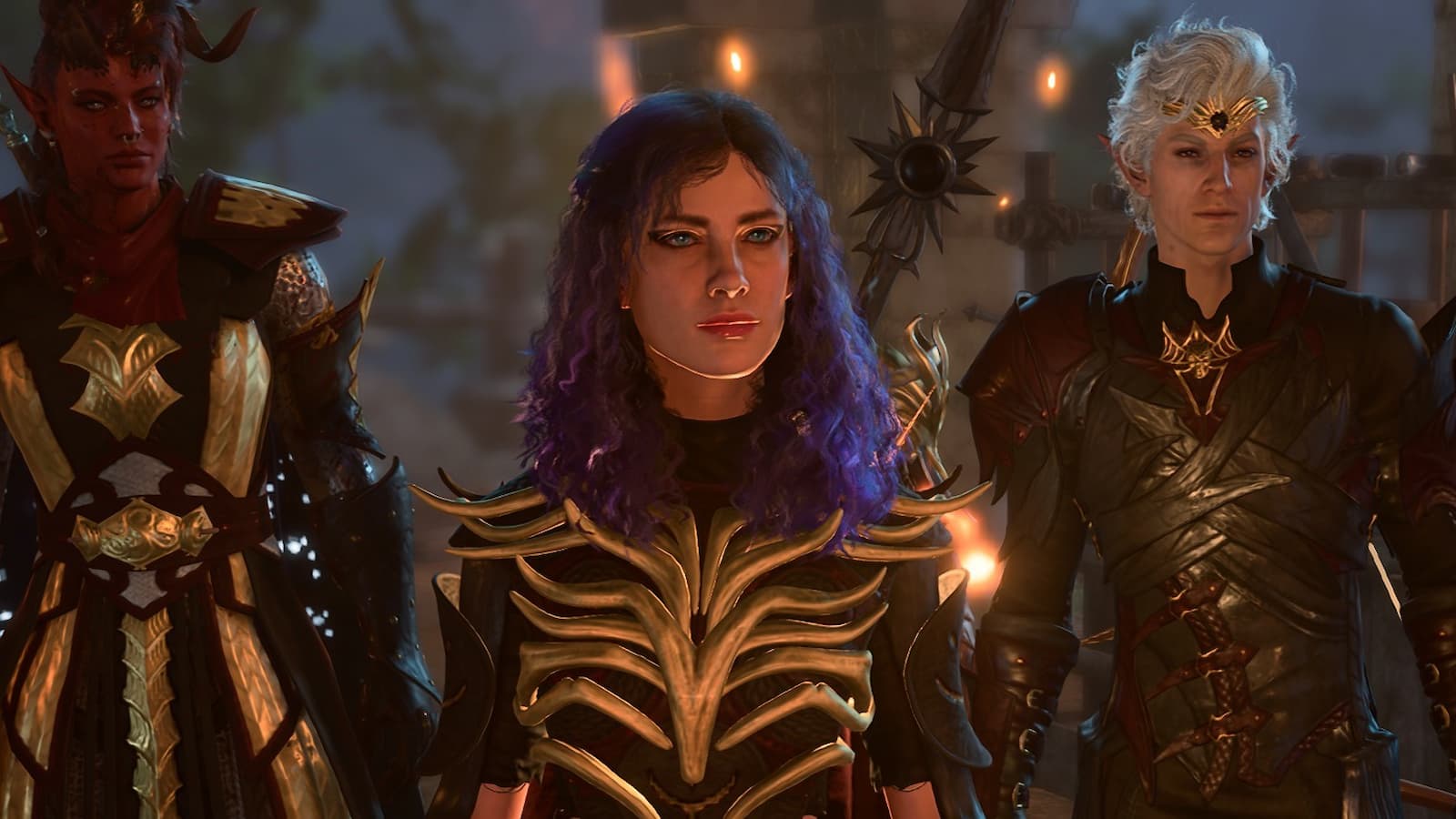

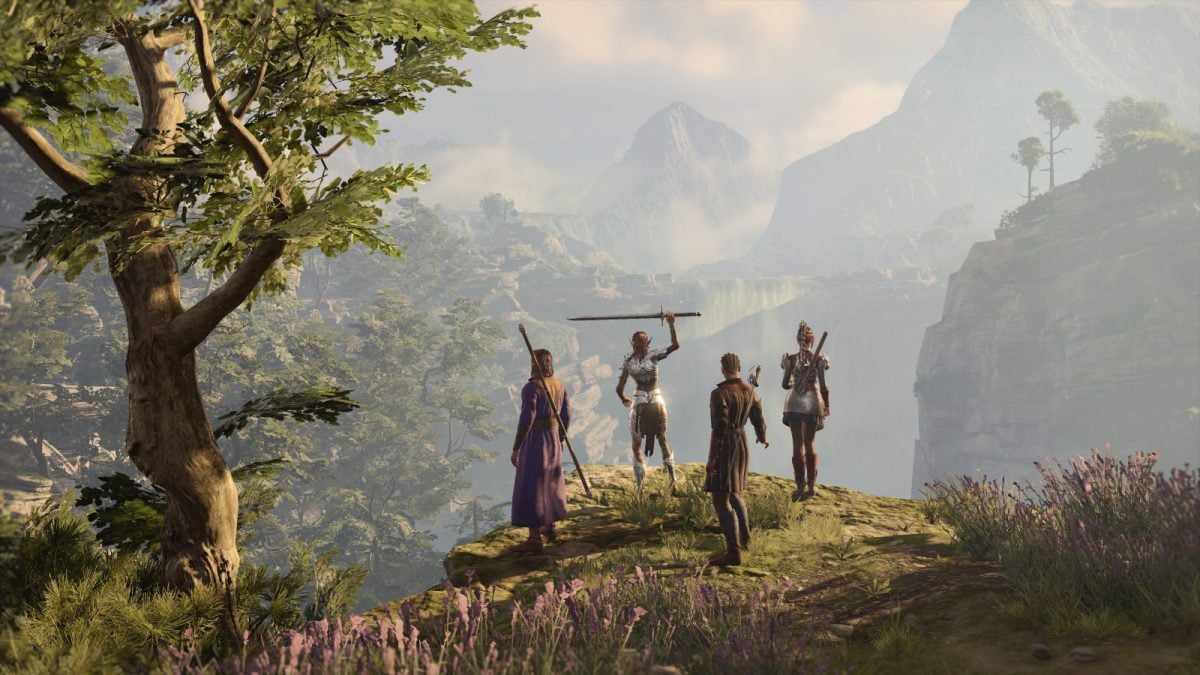
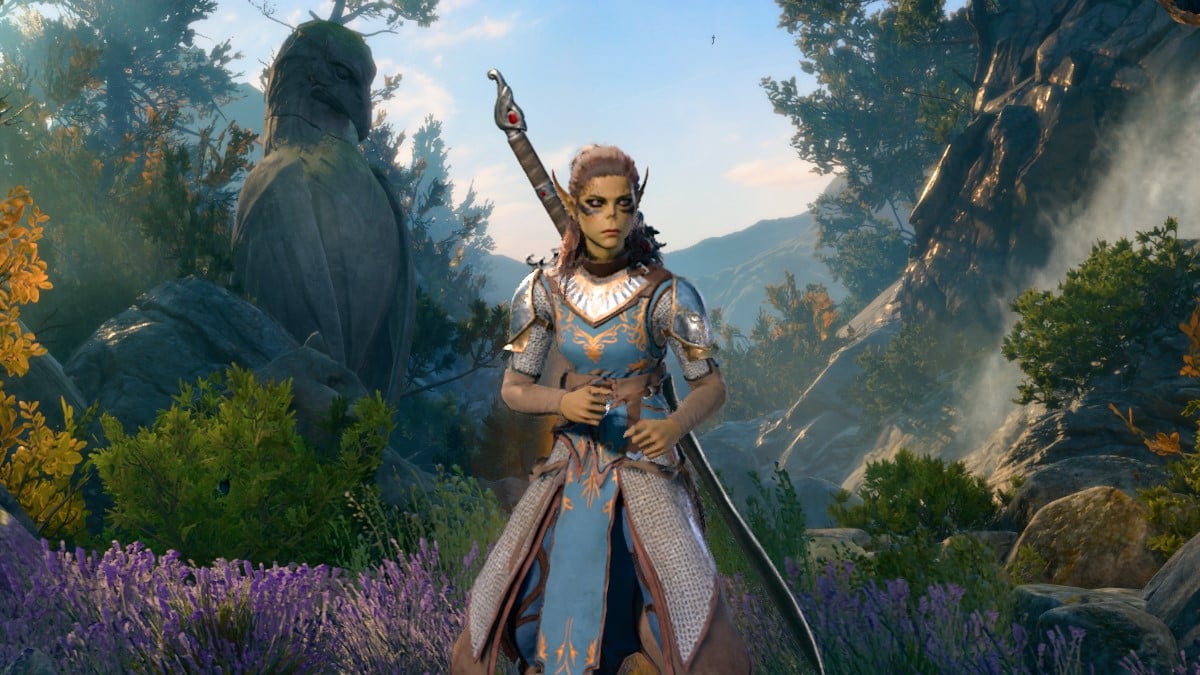
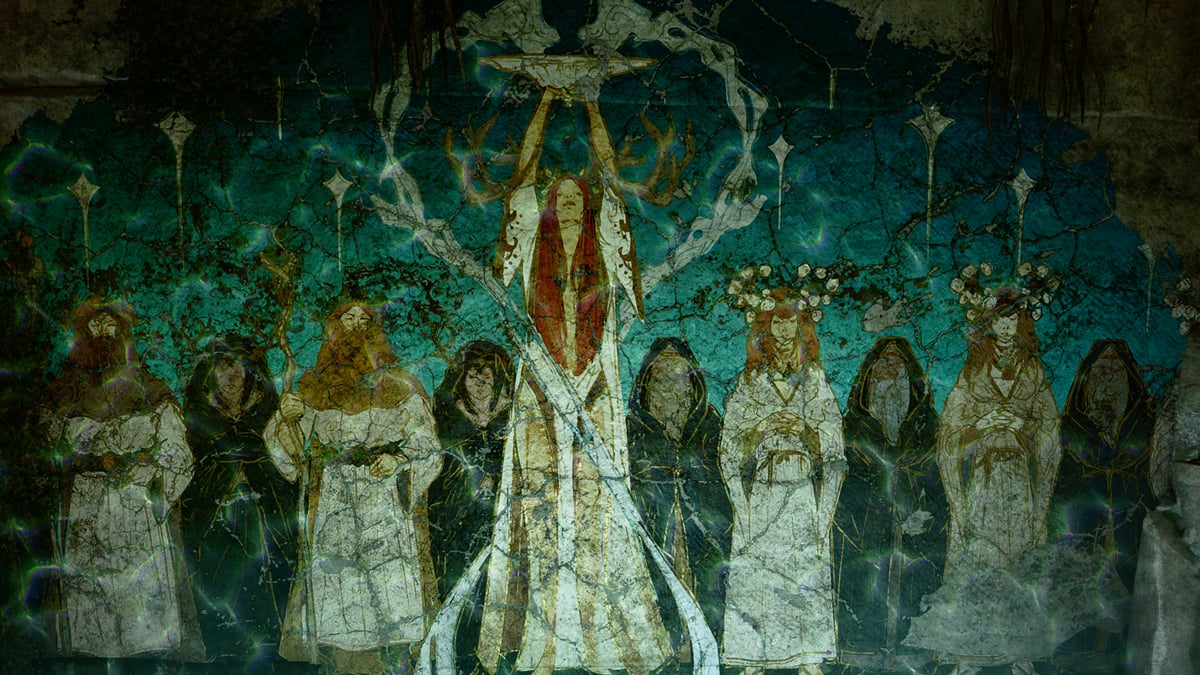
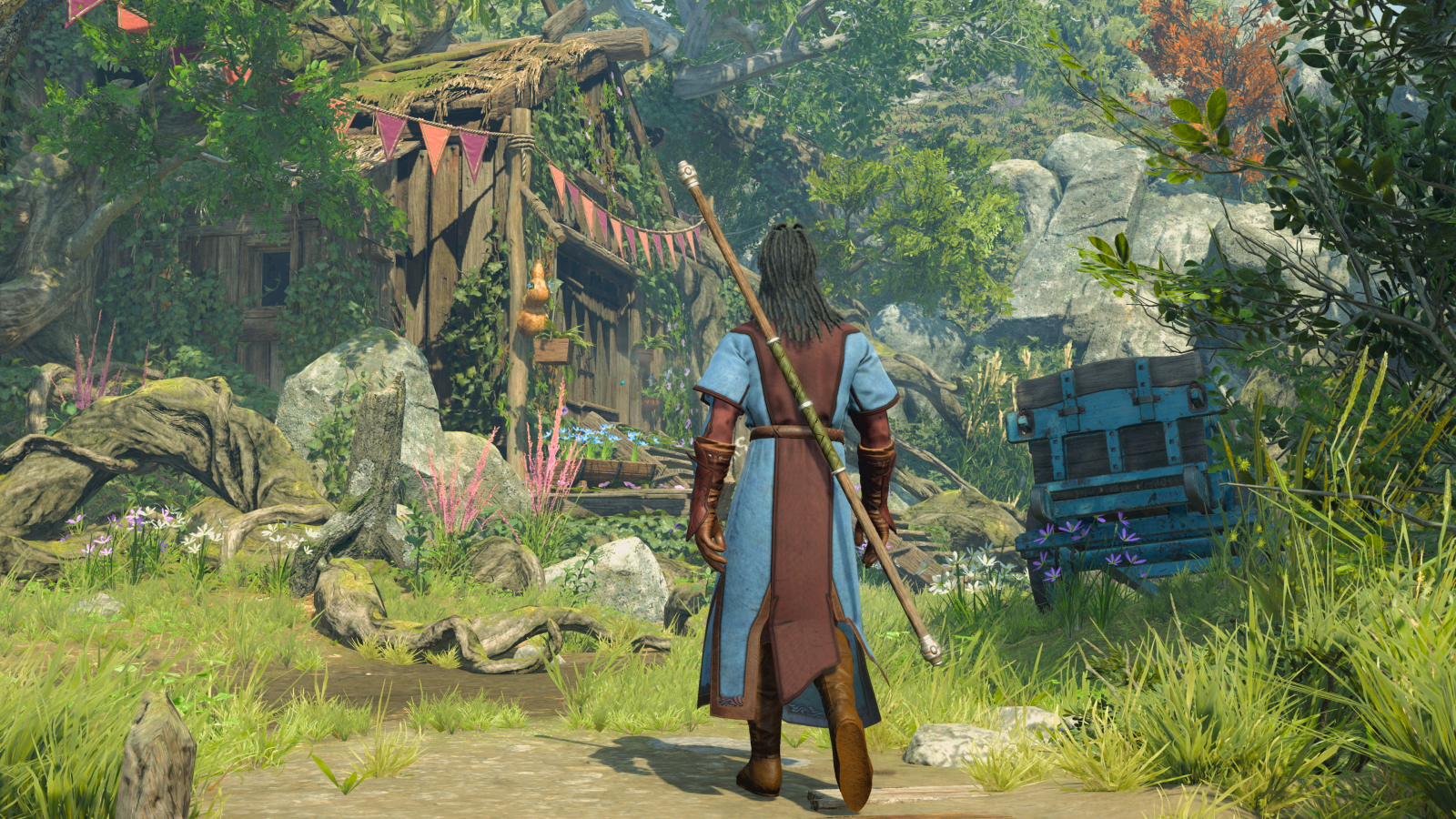
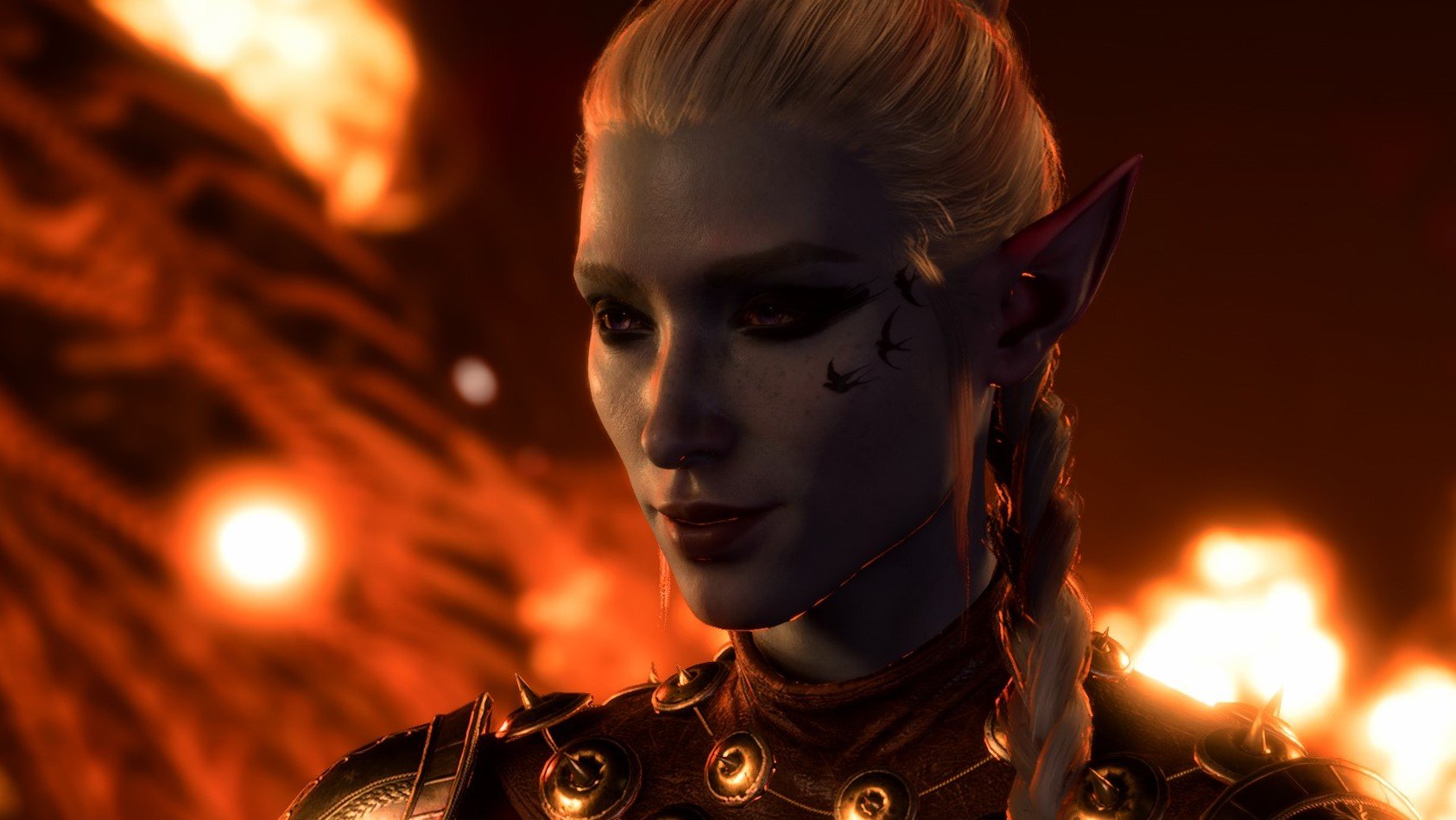
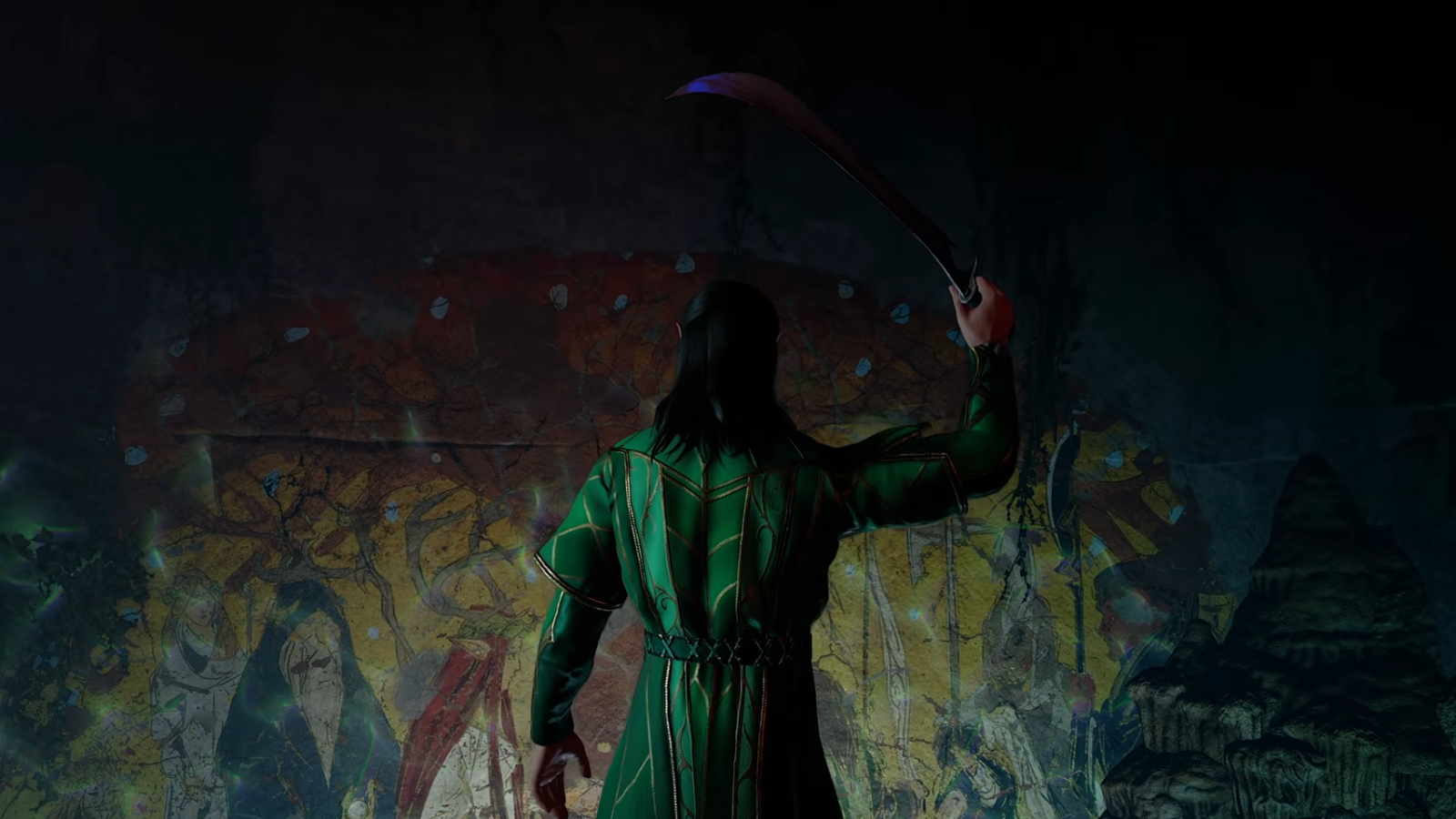
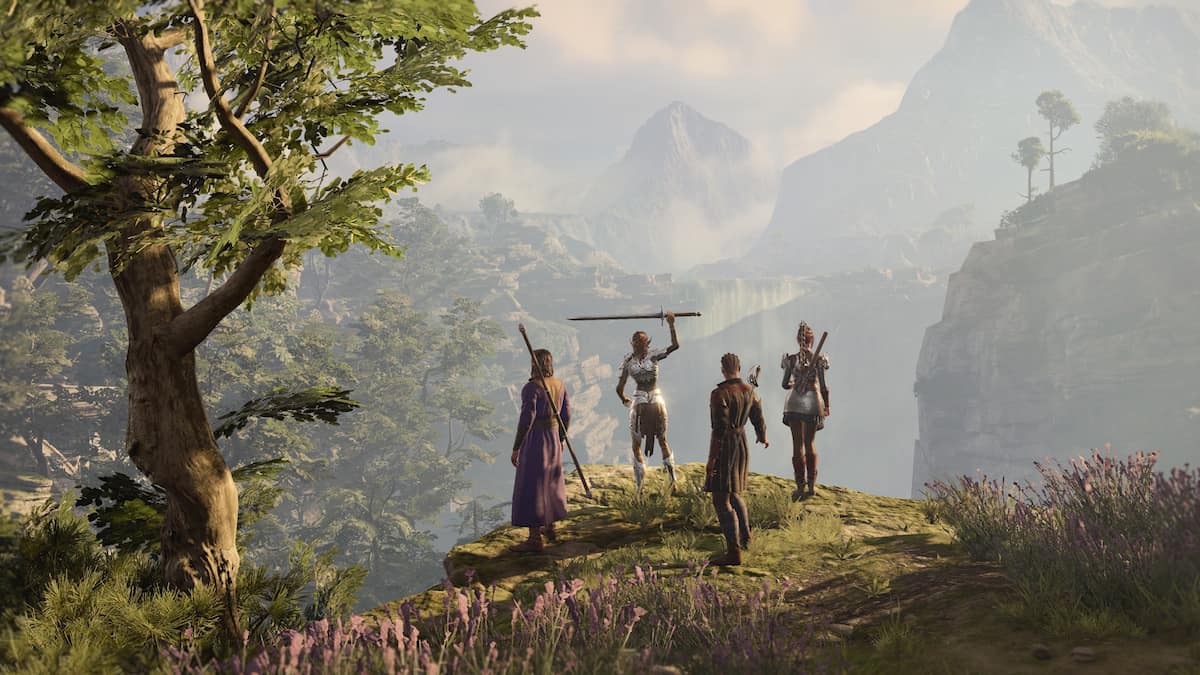
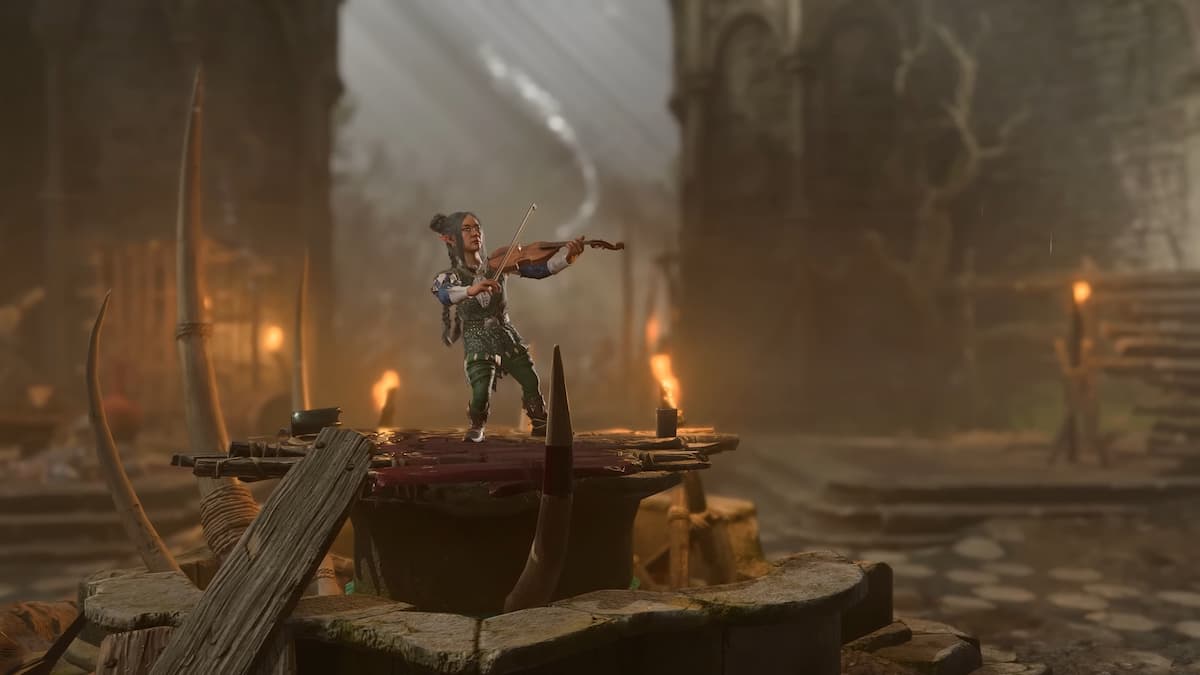
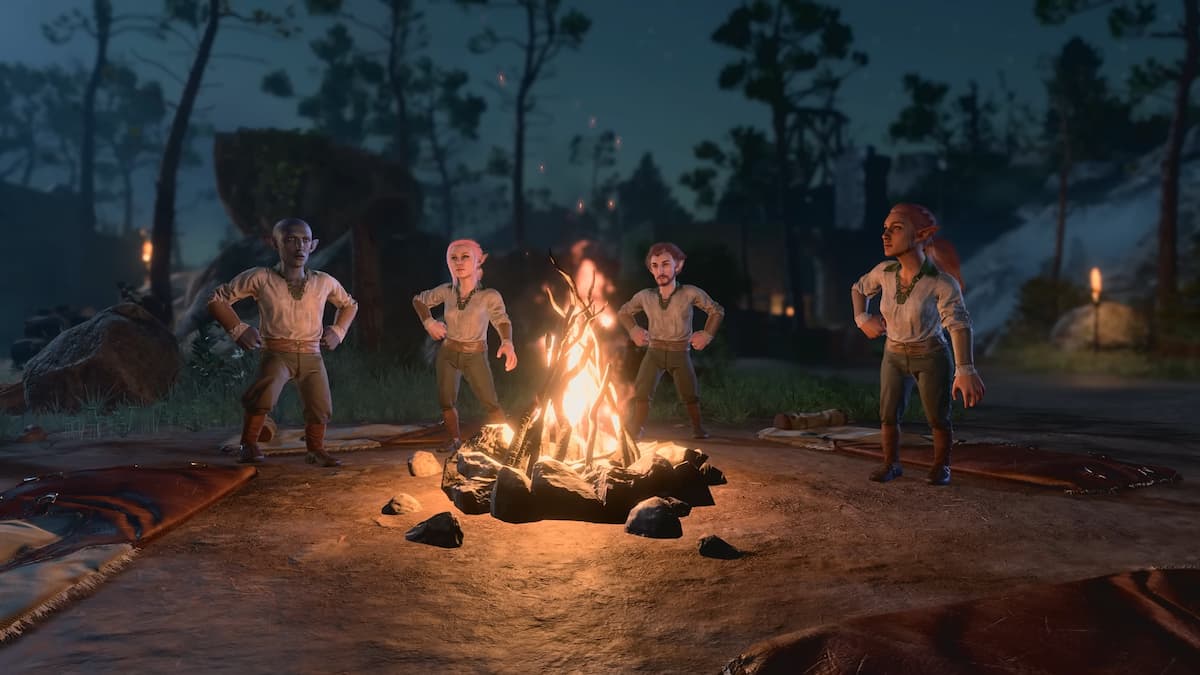
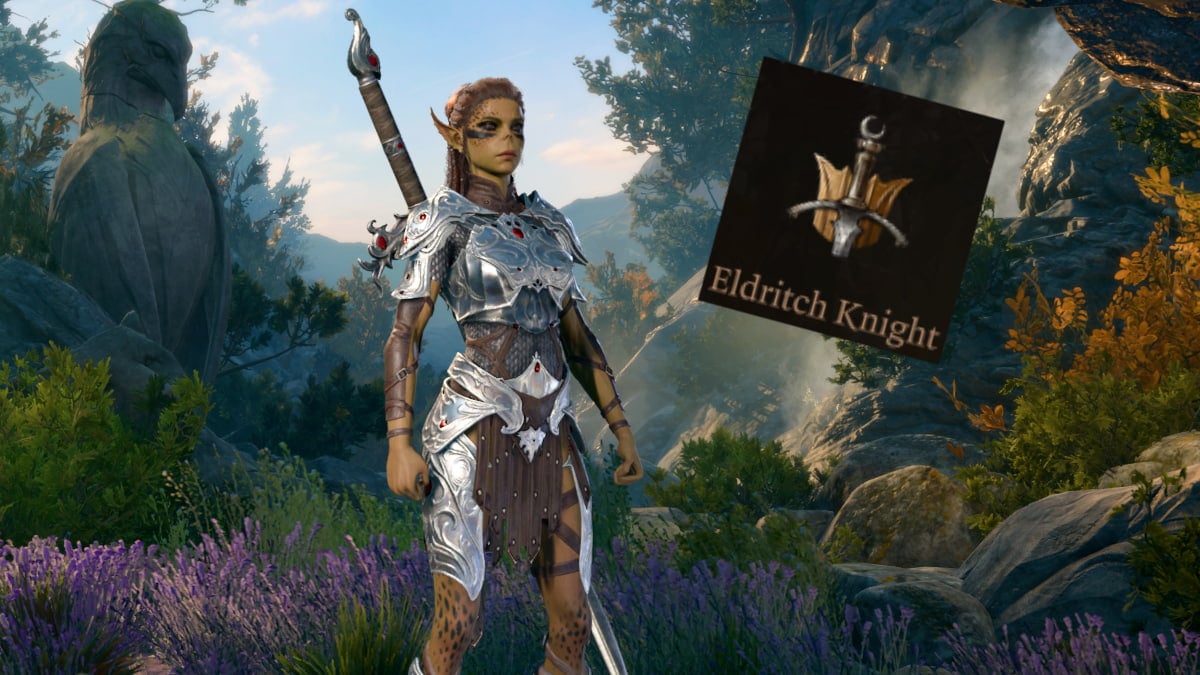

Published: Dec 21, 2023 04:16 am